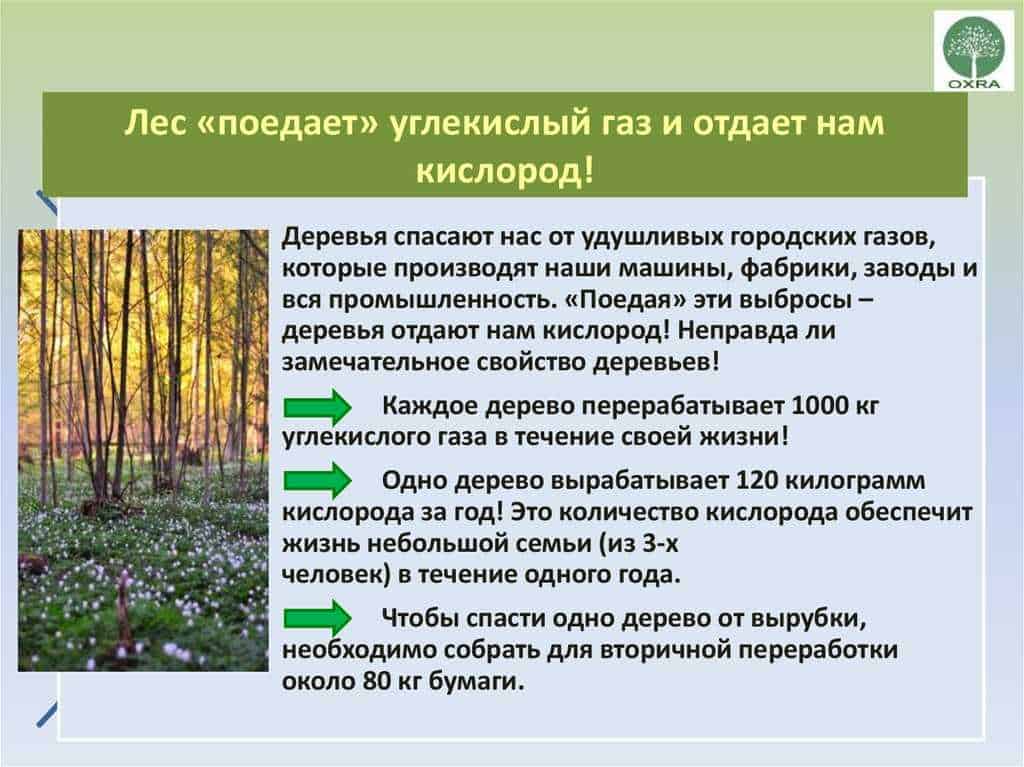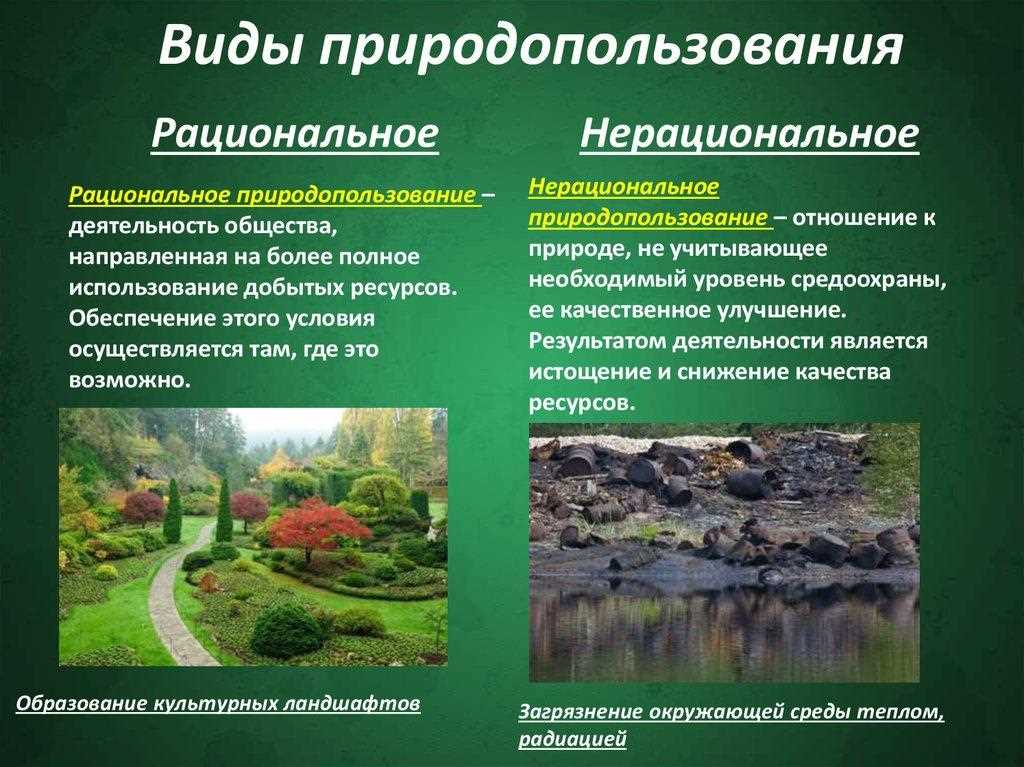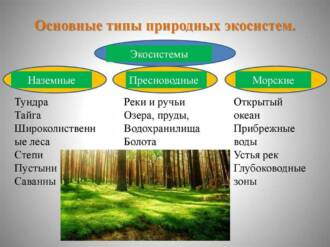
Butterflies are not only beautiful and amazing creatures, but also important indicators of ecological balance. In forests, they perform a number of important functions; their presence or absence may indicate the state of the environment.
Butterflies play an important role in the process of pollination of plants. They carry pollen from one flower to another, helping plants reproduce. In this way, butterflies help to preserve the diversity of the plant world and maintain the biological balance in forests.
In addition, butterflies are part of the food chain in forest ecosystems. They serve as food for many birds, insectivores and other predators. If butterflies disappear from forests, this could disrupt the food chain and worsen conditions for other animal species.
The conservation of butterflies in forests is of great importance for the ecological balance. This can be achieved by protecting and restoring their natural habitat, providing the necessary conditions for reproduction and migration, and reducing the use of pesticides and other harmful substances that can harm butterflies and their food sources.
Butterflies are important indicators of ecological balance in forests. Their presence indicates a healthy state of the environment, and their disappearance may indicate a violation of biological balance. Therefore, it is important to conserve butterflies in forests and take steps to protect their natural habitat.
In conclusion, butterflies play an important role in forest ecosystems and are indicators of ecological balance. They contribute to the pollination of plants and are food for other animals. The conservation of butterflies in forests is of great importance for maintaining biodiversity and ecological balance. Therefore, it is necessary to take measures to protect their habitat and prevent their extinction.
The role of butterflies in the ecological balance
Butterflies play an important role in the ecological balance of forests. They are pollinators of many plants, contributing to their reproduction and conservation of genetic diversity. Butterflies visit flowers in search of nectar, which is a source of food for them. In the process of visiting flowers, butterflies transfer pollen from one flower to another, which contributes to the pollination of plants.
In addition, butterflies are an important food for many animals, including birds, bats, and insectivorous mammals. They make up a significant part of the diet of these animals and play the role of a regulator of the number of insects in the ecosystem. Without butterflies, many species of animals would face the problem of food shortages and a decline in their numbers.
Butterflies are also indicators of the ecological state of forests. Their presence and diversity testify to the health of the ecosystem. Deterioration of forests, for example due to deforestation or pollution, can lead to a reduction in the number and diversity of butterflies. Thus, the conservation of butterflies in forests is an important step to maintain the ecological balance and preserve biodiversity.
Biodiversity of forests

Forests are among the richest and most diverse ecosystems on the planet. They have a huge biological diversity, which includes many species of plants, animals and microorganisms.
In the forests you can find various types of trees, such as pine, spruce, oak, birch, willow-herb and many others. Each type of tree has its own characteristics and plays an important role in the forest ecosystem.
In addition to trees, a huge number of different animals live in forests. Here you can find a variety of birds, mammals, insects, as well as many microorganisms. Each of these species plays a role in maintaining the ecological balance of the forest.
The biodiversity of forests also includes many plant species. In the forests you can find various herbs, shrubs, flowers and mushrooms. Each type of plant has its own characteristics and ways of survival.
One of the most important aspects of forest biological diversity is the symbiosis between different species. The interaction between living organisms contributes to the maintenance of ecological balance and ensures the sustainability of the forest ecosystem.
Butterflies as an indicator of the ecological state
Butterflies are an important indicator of the ecological state, as they are sensitive to changes in the environment. They respond to changes in the quality and quantity of vegetation, the presence of chemical pollution and climate change. Therefore, the study of butterflies allows us to assess the state of the ecosystem and identify problems that can lead to imbalance in nature.
One of the main indicators of the ecological state that can be determined using butterflies is biodiversity. Butterflies are one of the most diverse groups of insects and their diversity can serve as an indicator of the biological richness of a region. If the number and diversity of butterfly species are declining, this may indicate a deterioration in the health of the ecosystem.
In addition, butterflies can indicate the presence of pollution in the environment. Some species of butterflies are very sensitive to chemicals such as pesticides, and their absence may indicate high levels of such substances in the environment. Therefore, the study of butterflies allows you to control the level of pollution and take measures to reduce it.
Also, changes in the distribution and migration of butterflies can be associated with climate change. Butterflies are thermophilic creatures and their distribution and behavior can change in response to changes in temperature and precipitation. Watching these changes can help scientists predict and adapt to climate change.
In general, the study of butterflies is an important tool for understanding the state and changes in ecosystems. They are sensitive and reactive organisms, making them valuable indicators of ecological balance. Therefore, the conservation of butterflies and their habitats in forests is a necessary condition for maintaining ecological balance and biological diversity.
Butterflies and plant propagation
Butterflies are important plant dispersal agents. They act as pollinators, carrying pollen from one flower to another. Thus, butterflies contribute to the fertilization of plants and ensure their reproduction.
The variety of butterflies is due to their adaptations for pollination of various plant species. Each species of butterfly prefers certain plants as a source of food and a place to lay their eggs. Some butterflies prefer flower nectar, others feed on plant sap or rot, and some even feed on pollen.
Butterflies also play an important role in the dispersal of plant seeds. When a butterfly feeds on the nectar of a flower, it accidentally carries small seeds with it, which are glued to its body or planted in wool. The transferred seeds find their way to new places and contribute to the spread of plants in new territories.
Through their behavior and attachment to certain plant species, butterflies can serve as indicators of ecological balance. A change in the number or disappearance of certain species of butterflies may indicate disturbances in the ecosystem and a negative impact on the flora.
Threats to butterflies in forests

Butterflies in forests face a variety of threats that can negatively impact their populations and diversity. One of the main threats is the loss of natural habitat due to deforestation. Forests are an ideal habitat for butterflies, as they provide them with food, shelter and breeding conditions. However, active deforestation and the expansion of agriculture lead to a reduction in forest areas, which negatively affects the number and diversity of butterflies.
Another threat to butterflies in forests is the use of pesticides in agriculture. Pesticides are used to control crop pests, but they can also harm beneficial insects, including butterflies. Contact with pesticides can lead to the death or deterioration of the health of butterflies, as well as a decrease in their number.
Climate change also poses a threat to butterflies in forests. Changes in temperature and rainfall can affect the vegetation that is a food source for butterflies during their development. Some species of butterflies may be sensitive to climate change and unable to cope with new conditions, which may lead to a reduction in their numbers and diversity.
The role of forests in the conservation of butterflies
Forests play an important role in the conservation of butterflies and maintaining their numbers. They provide butterflies with vast and varied habitats that contain all the necessary resources for their survival and reproduction.
In the forests, butterflies can find many plants that are their source of food in the form of nectar and leaves. Butterflies have a variety of plant preferences, and forests offer them a wide variety of plants. This allows the butterflies to obtain the necessary nutrients and maintain their vital functions.
In addition, the forests serve as a refuge for butterflies. They can find protection from predators and adverse weather conditions in dense vegetation and forest floor litter. This is especially important for butterflies during periods of vulnerability, such as hibernation or metamorphosis.
Forests are also an ideal breeding ground for butterflies. They can find suitable places to lay their eggs, such as leaves and tree trunks, where their offspring will have all the necessary conditions for their development. The richness of various plant species and the microclimatic conditions of forests ensure the diversity and sustainability of butterfly populations.
In general, forests play an invaluable role in the conservation of butterflies and the maintenance of their living environment. The conservation and protection of forests is becoming increasingly important to ensure the continued existence of these beautiful and useful creatures on our planet.
Interactions of butterflies with other organisms
butterflies play an important role in the ecosystem by interacting with other organisms. They perform the function of pollinators, transferring pollen from one plant to another, contributing to their reproduction and growth.
One of the important interactions of butterflies is a symbiosis with plants. Butterflies and plants have developed a mutually beneficial relationship in which each side benefits. Butterflies feed on nectar, which they get from plant flowers. In return, they carry pollen from one flower to another, providing pollination and plant reproduction.
Interaction of butterflies with other animals is also important for biodiversity. For example, butterflies serve as a food source for birds, lizards, and other predators. They are a link in the food chain, maintaining a balance in animal populations.
Butterflies also interact with other invertebrates.such as spiders, ants and beetles. They can be hosts for parasitic insects that develop on their body or eggs. Interactions with other invertebrates can be both positive and negative, affecting populations and diversity of organisms.
In addition, butterflies can be interacting with microorganismssuch as fungi and bacteria. They may be carriers of pathogens that can cause disease in plants or other animals. At the same time, butterflies can have a symbiotic relationship with beneficial microorganisms that help them digest food or protect them from pests.
So, interactions of butterflies with other organisms is a complex and important aspect of their role in the ecosystem. It affects biodiversity, plant pollination and balance in animal populations. Therefore, it is important to conserve butterflies and their habitats in order to maintain the ecological balance in forests and other ecosystems.
Butterflies and pollination

Butterflies play an important role in the process of pollination of plants. Like other insects, butterflies carry pollen from one flower to another, which promotes pollination and ensures plant reproduction.
Pollination is an integral part of the life cycle of plants and allows them to produce seeds and fruits. Butterflies, feeding on the nectar of flowers, accidentally apply pollen to their legs or body. Then, moving from flower to flower, they transfer this pollen to the stigma of another flower, which leads to fertilization.
Due to their ability to fly long distances, butterflies can carry pollen over considerable distances, as well as between different plant species. This contributes to the mixing of genetic material and contributes to the increase in the genetic diversity of plants.
In addition to pollination, butterflies also play an important role in the food chain. They serve as a food source for other animals such as birds, frogs, and insectivorous mammals. The loss of butterflies can lead to an ecological imbalance and a deterioration in the conditions for the existence of other species.
Butterfly conservation in forests is an important task to maintain the ecological balance. They are indicators of environmental quality and may indicate problems with pollution or destruction of natural habitats. Therefore, it is important to conserve and protect their habitats, as well as take measures to conserve and restore butterfly populations.
How to save butterflies in the forests

The conservation of butterflies in forests is an important task for maintaining the ecological balance. To do this, it is necessary to take a number of measures to provide favorable conditions for their life and reproduction.
1. Protecting habitats
It is important to preserve and protect forest areas where butterflies live. This includes the creation of nature reserves and national parks where tree cutting and other destructive activities are prohibited.
2. Providing food

Butterflies feed on the nectar of flowers, so it is necessary to create conditions for the plant of flowers that attract butterflies. Planning gardens and landscaping around the preferences of butterflies can contribute to their conservation.
3. Eliminate the use of pesticides

The use of pesticides in forests can adversely affect butterflies. Pesticides can poison them and destroy their habitats. Therefore, it is important to encourage the use of environmentally sound pest management practices.
4. Education and information

It is necessary to carry out educational programs and inform the public about the importance of preserving butterflies in forests. The more people realize the importance of butterflies in the ecosystem, the more will be done to conserve them.
The conservation of butterflies in forests is an important step in conserving biodiversity and maintaining ecological balance. Taking appropriate action will help preserve these beautiful creatures for future generations.
Ecosystem Importance of Butterfly Conservation
Butterflies play an important role in the ecosystem and are of great importance for maintaining the balance of nature. They are important pollinators, transporting pollen between plants, which contributes to their reproduction and diversity. Thanks to this process, plants receive the nutrients necessary for life and can continue their development.
Butterflies also serve as food for many other animals such as birds, lizards and bats. They are an important part of the food chain and contribute to maintaining the biological balance in nature. If the butterflies disappear, it could disrupt the food chain and negatively impact other animal species.
Butterflies are also indicators of the state of the environment. They are very sensitive to changes in environmental conditions such as air pollution and habitat loss. If the number of butterflies is declining, this may indicate negative changes in the ecosystem and require measures to be taken to conserve them.
The conservation of butterflies in forests is of great importance for our planet. This helps maintain biodiversity, conserve natural resources and ensure the sustainable functioning of the ecosystem. In addition, butterflies are beautiful and amazing creatures that bring joy and inspiration to people. They are an important part of our nature and deserve to be protected and preserved.






